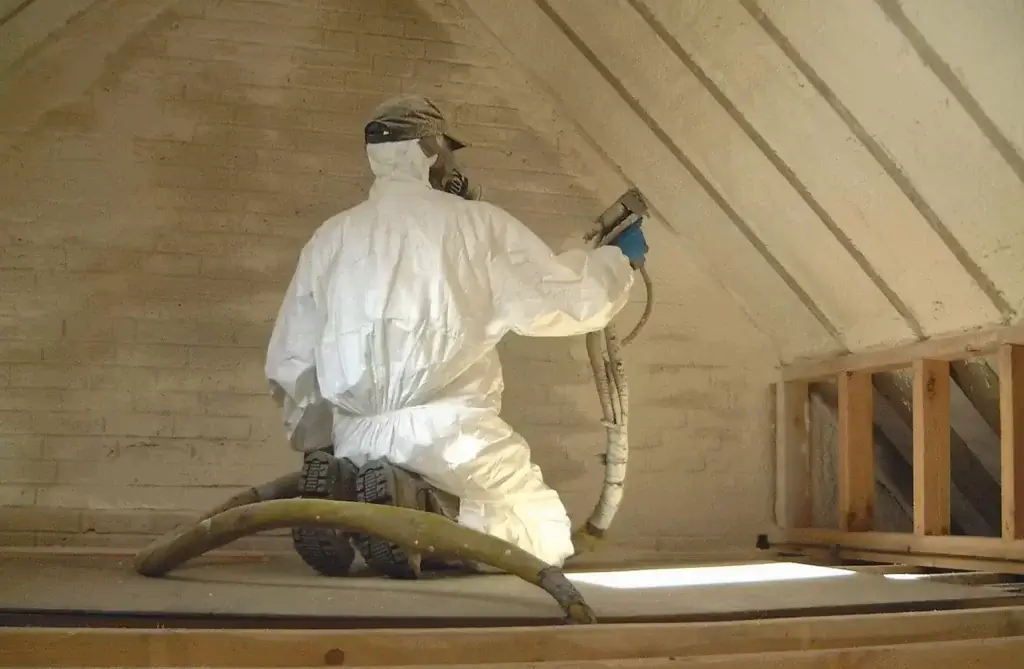An energy audit is an indepth look at how a building consumes and loses energy. In the case of spray foam insulation specifically, the occasion often turns up considerable changes in the building’s performance, level of comfort and total energy efficiency. This survey aims at elaborating on what inspectors mostly identify and the reason these outcomes matter for the projects of brand-new buildings and those of renovations.
How do audits measure the impact of spray foam?
First off, energy audits investigate the building envelope in detail. To locate the places where heat escapes or moisture gets in, blower door tests, thermal imaging and airflow measurements are done. Numerous dwellings without sprayed insulation reveal through these tests large zones of leakage from which the air escapes all the time. Such leaks increase the heating and cooling demands of the building, cause uneven indoor temperatures and make energy expenses grow.
What Auditors Notice in Older Buildings
Firstly, there are definitely some old buildings still existing in the world which have no insulation or damaged insulation that is worse than nothing. Energy audits in such buildings often underline the problems of unstable indoor temperatures, big spots of infiltration, as well as risks of condensation. In the first place, it is caused by spray foam which supplies both insulation and an air barrier at once. Upon completion of the job, auditors frequently observe an uncontrolled drop in airflow and an increase in the performance of walls and roofs.
As a matter of fact, auditors also feel the enhancement in the comfort level in a number of retrofitted homes. The rooms that normally were cold during the winter or hot during the summer become stable in terms of temperature for the most part. The effect of these changes is a reduction in energy consumption and a more predictable environment for residents.
How Spray Foam Influences Long-Term Efficiency
On top of that, foam plastic spray has quite a long lifespan and the energy audits very often are a testament to the steady performance of the material throughout the period of time. To contrast the situations, the comparison of the two kinds of materials in which one is foam and the other is a traditional one is always there to prove that foam is more durable and keeps its insulation value. This longevity has an effect on the lessening of the corrective works for the future and also is very helpful in making energy plans for the long term. The energy efficiency reports with a time span of several years are mostly talking about a good level of air sealing and unaltered thermal resistance.
Conclusion
Energy audits are a clear indication of substantial and quite practical achievements brought about by spray foam insulation. Better air-tightness, more controlled temperatures together with lowered energy use make up a common trio of the main findings in houses where spray foam has been utilized. There is a strong message behind these outcomes that spray foam is a reliable way to lead to higher efficiency levels as well as prolonged building performance.
For more information visit, Isothane

